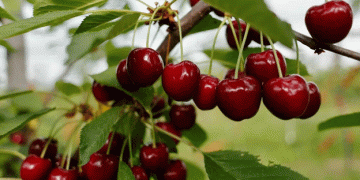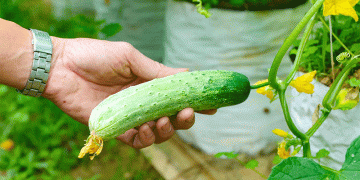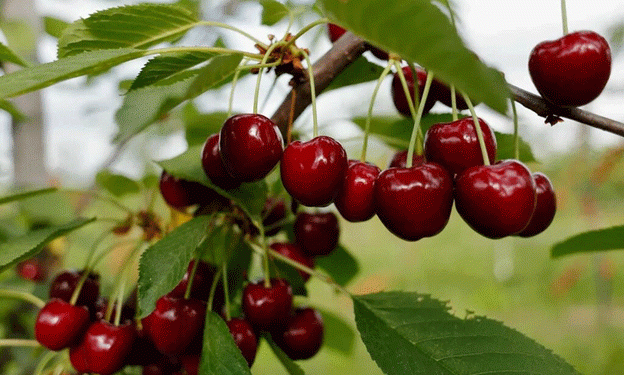Chile’s cherry industry is no stranger to growth, but the projected volume for this season is a new peak, surpassing previous records and solidifying Chile’s position as a leading global cherry exporter. However, with great volume comes great logistical complexity. One of the primary challenges is ensuring that the cherries reach international markets, particularly Asia, in optimal condition.
A key part of this logistical challenge is the cold treatment required for about half of the exported cherries. Cold treatment is essential to meet the phytosanitary standards of many importing countries, ensuring that pests and diseases do not spread through international trade. This process, however, significantly increases the workload for packaging facilities and shipping companies.
Current estimates suggest that Chilean ports and shipping companies have a weekly capacity of handling approximately 6,500 containers, a figure that might prove inadequate given the expected surge in exports. To maintain the quality of cherries during transportation, these containers must be equipped with precise cold treatment capabilities, adding an additional layer of complexity to the export process.
Phytosanitary Controls: A Critical Focus
Beyond the logistical aspects, phytosanitary controls are another critical focus for the Chilean cherry industry. The increased volume means more stringent and efficient certification processes are needed to ensure compliance with international standards. Phytosanitary certification is essential for accessing key markets, particularly in Asia, where there are strict regulations to prevent the introduction of foreign pests and diseases.
The industry must streamline its certification processes to avoid bottlenecks that could delay shipments and reduce the freshness and quality of the cherries upon arrival in foreign markets. Any delays in certification or cold treatment can lead to significant financial losses, both from spoilage and from the inability to meet tight market windows, particularly around high-demand periods like the Chinese New Year.
Industry Response and Future Outlook
To address these challenges, the Chilean cherry industry is taking proactive steps. There is an ongoing push to increase the availability of cold treatment facilities and enhance the efficiency of the certification process. Collaboration between growers, exporters, and government agencies is crucial to ensure that the necessary infrastructure and resources are in place before the peak export season begins.
Shipping companies are also expected to play a critical role by providing timely and accurate container information, particularly regarding cold treatment capabilities. This will help ensure that cherries are shipped under the right conditions, preserving their quality for the demanding international markets.
As the industry navigates these challenges, there is cautious optimism that the 2024/25 season will not only break records in volume but also set new standards in logistical efficiency and quality control. By addressing these logistical and phytosanitary challenges head-on, Chile can further solidify its reputation as a reliable and high-quality cherry exporter.
The Chilean cherry industry is on the brink of a historic season, with export volumes expected to reach unprecedented levels. However, to capitalize on this growth, the industry must overcome significant logistical and phytosanitary challenges. By enhancing cold treatment capacity, streamlining certification processes, and ensuring effective collaboration across the supply chain, Chile can successfully navigate this critical period and continue its ascent in the global cherry market.
































